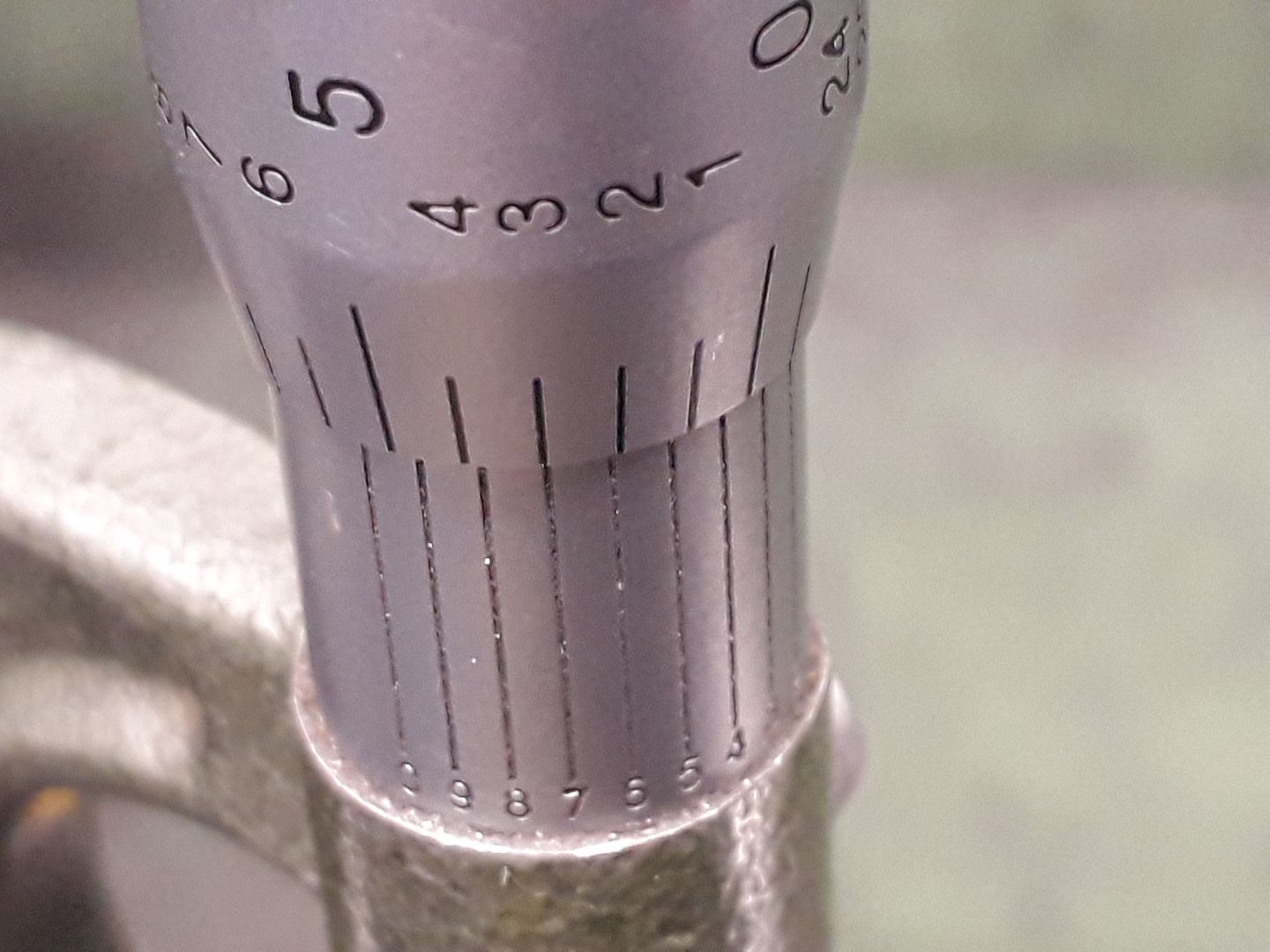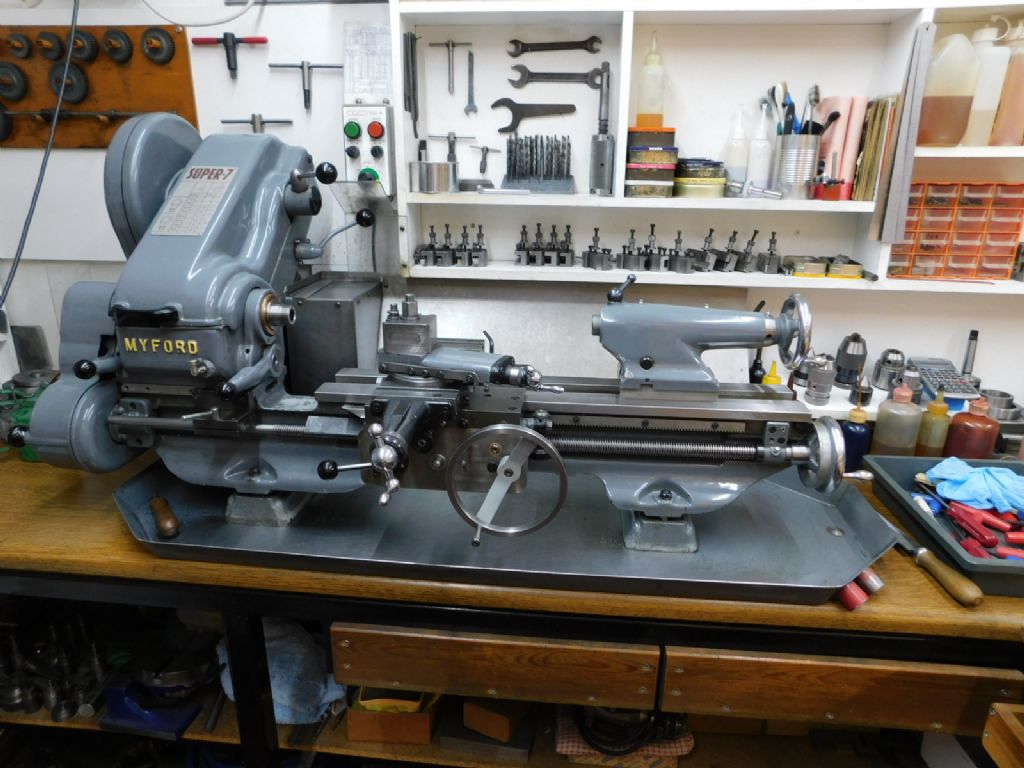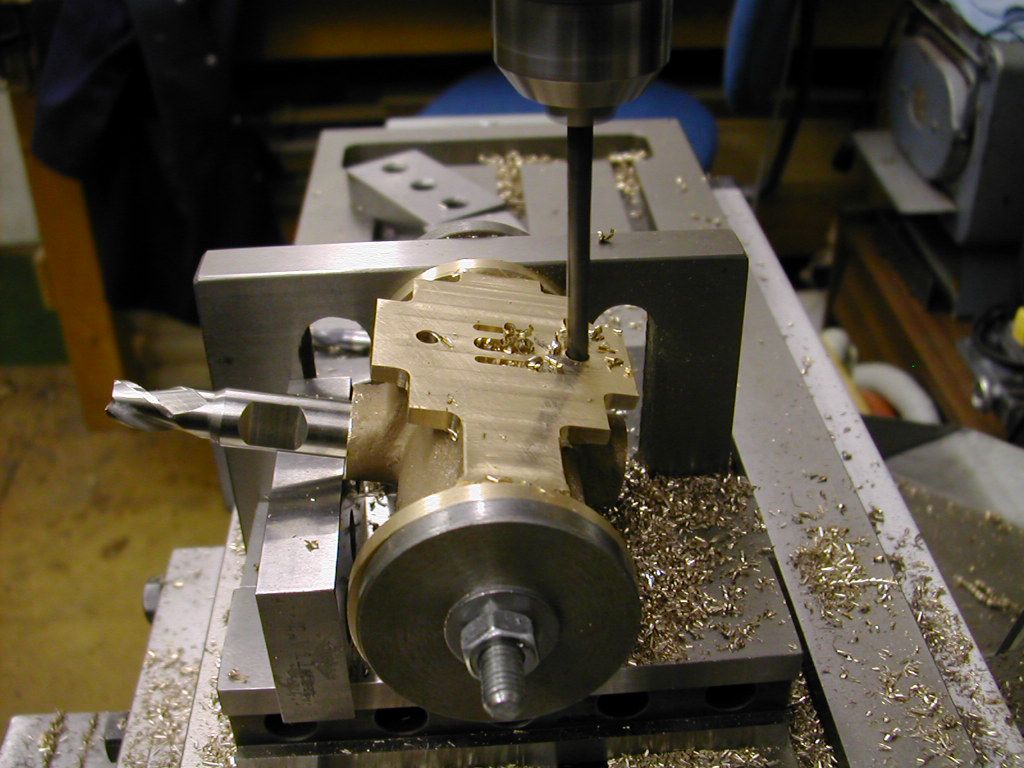So the cylinders are now the same length to 1/2 thou, and the faces seem to be equally spaced from the foot holes too (when placed back-to-back on the surface plate, a drill can be pushed through the pairs of holes).


I think I can correct the thin flange with Milliput, and I think the slightly long top flat can be corrected too – but after looking again it’s not really noticeable anyway, and will be partially hidden under the valve gear.
Still kicking myself for the length error, which is 7 1/2 thou under. I don’t think it will matter – it’s about the thickness of gasket paper, but that’s not what annoys me about it. It’s a lesson that should have been learned already.
The foot screw break-throughs are filled with JB Weld which is currently setting:

I also filled a few odd cracks around the foot parts. Tomorrow I’ll radius Milliput around them and begin correcting the flange.
I quickly machined a cylinder cap disc, just to see how out of alignment the flange O/Ds are. They are pretty good, with only one side of one casting requiring a bit of reducing with a file:


The disc is also pretty much perfectly tangential to the top flats, which I found odd, because others I’ve seen stuck up above, which I don’t like the look of. It was suggested JB Wrld could be added to the flat to compensate.
Confused, I checked the drawing and found my “best fit” disc was smaller than defined on the drawing (see image for the figures):

The diameter in the drawing has + 1/32” next to it which I assume is some kind of upper tolerance limit?
I can only think that deliberately making the caps oversized is to allow for cladding (which I’m not using)?
It also means I may have to reduce the stud PCD anyway – washers or not) to give the nuts enough room.
Dr_GMJN.






















